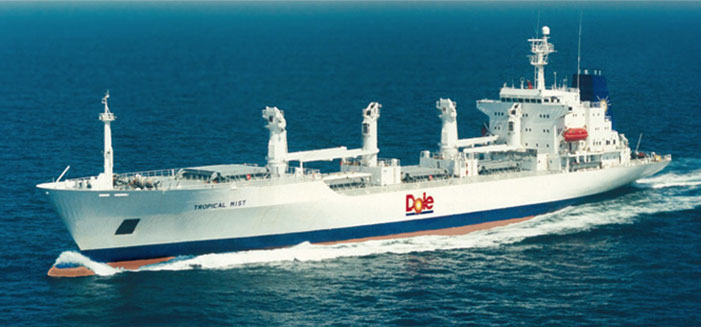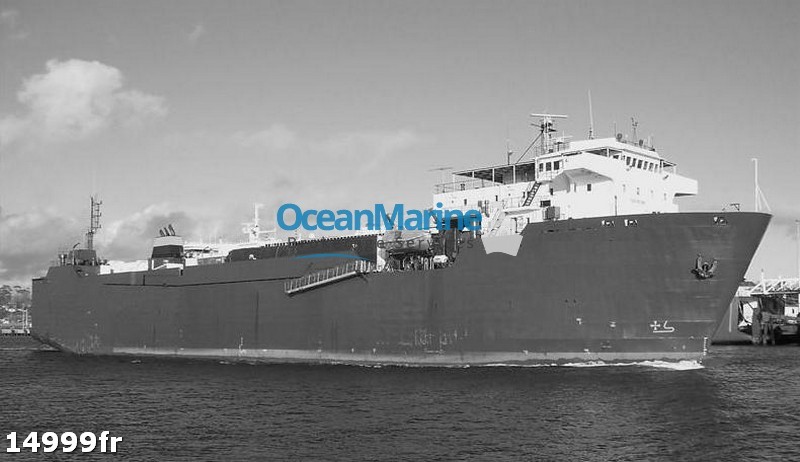


Variable costs that can be reduced through the usage of shared resources include many things not only ships. Ship size significantly increased to mega-ships of more than 20,000 TEUs to generate lower costs per transported container. Their business is mainly a commodity since containerization has brought down transport costs. Shipping lines are under high pressure to offer low prices to their customers as container transportation. Collaboration between carriers, for instance, through a vessel sharing agreement (VSA) can mitigate this risk and increase utilization rates. They will sail irrespectively of their utilization rates. A weekly liner service between different ports requires investment in a set of ships. The high fixed-cost structure of shipping lines is one of the main arguments for shipping lines to collaborate. Shipping alliances can help carriers facilitate low prices and broad service coverage through economies of scale and economies of scope. These three alliances account for 80% of the global container market, according to Alphaliner’s ranking of all the shipping lines.īut how do shipping alliances differ from one another, and why did HMM decide to join THE Alliance? Benefits of shipping alliances They were formed to facilitate two elements that ocean carriers compete on: low prices and broad service coverage. Three major shipping alliances (2M, THE Alliance, and Ocean Alliance) were formed in 2017. “Hyundai Merchant Marine (HMM) is to join THE Alliance when its slot charter agreement with 2M expires next April”, according to the Loadstar. Recently, shipping alliances have been in the news: Do you want to know more about three of the major shipping alliances worldwide and their benefits? Then keep reading 👇 As the alliances make it possible to have lower prices and offer a larger variety of services. More importantly, shippers who have cargo that is too big for containers, such as a large car, can use a LoLo Vessel for transportation.įor those shippers with larger freight, you can receive a freight shipping quote online and then request a LoLo vessel from your shipping provider.Shipping alliances have become the big thing for many shipping lines. Both 20-foot containers and 40-foot containers can be shipped onboard these LoLo vessels. These types of ships were very popular for decades and used to transport cars from international locations. LoLo ships maintain vast amounts of space on top of the vessel (on the ship deck too), and the space is flexible so that it can be altered to fit the needs of the freight that is lifted on for transportation. The right amount of equipment must be used when lifting your cargo on these ships with a crane. This procedure is a bit different than the RoRo ships, which rolls on or rolls off the cargo from the ship. LoLo stands for “Lift On, Lift Off” in the logistics industry.
#SHIPPING VESSEL MEANING SERIES#
What makes the LoLo Vessel unique? A series of different cranes, derricks or other lifting devices at the ports are used for the loading and unloading of the cargo to and from the LoLo Vessel. Although your trusted freight forwarder can provide you with more detailed information, it might be important for some shippers to gain an understanding about these vessels, especially if these ships are constantly used to transport your cargo. A special type of ship that engages in the transportation of international freight is the LoLo Vessel.


 0 kommentar(er)
0 kommentar(er)
